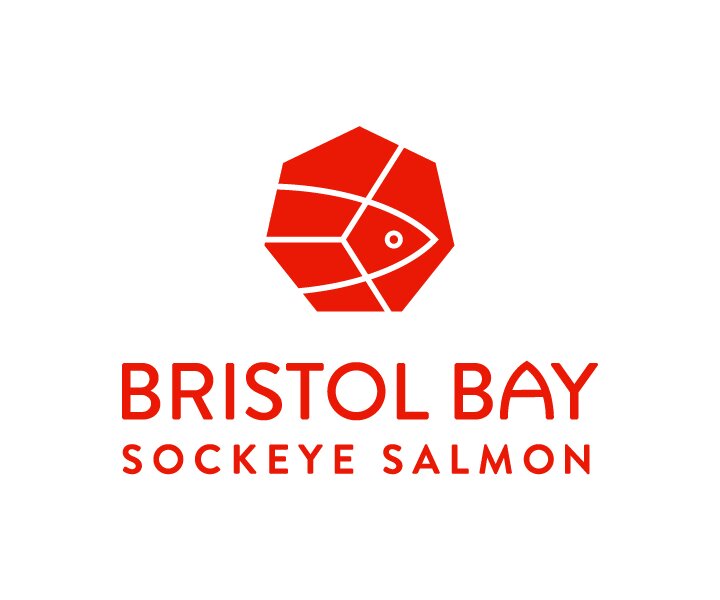Results of New Seismic Study Suggest Shaky Analysis in Pebble EIS
/New study shows Army Corps downplayed risk of earthquakes at Pebble
DILLINGHAM, AK – New analysis shows that the Pebble’s plan and environmental review does not adequately account for seismic risks at the proposed mine site, leaving the region’s fishery, communities and cultures exposed to significant devastation.
A peer-reviewed study by an international team of seismologists and geotechnical engineers details numerous problems with the seismic work conducted for the proposed Pebble Mine. The problems include: use of obsolete studies, use of seismic models that are no longer accepted by the scientific community, failure to collect information about seismic activity at the mine site, and an underestimation of the project’s risks (see BBRSDA Project Reports page to see technical analyses and a summary letter to the U.S. Army Corps).
The study details the ways in which Pebble’s plan does not use the best available science or construction standards, identifies design issues with the tailings dam and other critical infrastructure and shows that the risk of a tailings dam failure is much greater than the USACE’s assessment in the EIS. Additionally, the study shows that even during normal operations, the design of mine site infrastructure will carry a grave risk of river acidification and metal contamination.
This information demonstrates yet again that Pebble’s environmental review is completely inadequate, and the U.S. Army Corps of Engineers is failing to take a thorough look at the impacts this mine could have on Bristol Bay’s fishery and all it sustains. The risks are much greater than the EIS has outlined, and a supplemental EIS must be undertaken to remedy these shortcomings and properly assess the seismic risks at the site of the proposed Pebble Mine.
The study was commissioned by the Bristol Bay Defense Alliance, whose members made the following statements:
Bristol Bay Reserve Association CFO Katie Enslow: “Alaska is known for its seismic activity, with earthquakes occurring regularly at the project site. The fact that the Army Corps would ignore these risks and allow Pebble to produce a plan that jeopardizes our fishery so greatly is outrageous. The Army Corps needs to go back to the drawing board and produce an EIS that truly assesses the risks this project poses to Bristol Bay’s fishery.”
United Tribes of Bristol Bay President Robert Heyano: “This report shows us, yet again, the U.S. Army Corps of Engineers’ complete failure to thoroughly assess the impacts Pebble would have in Bristol Bay. It is clear this agency will stop at nothing to advance Pebble’s toxic project, throughout this process they’ve underestimated the devastating impacts Pebble will have on Bristol Bay. This study outlines the use of outdated data and accepting plans that aren’t up to modern standards. This is unacceptable and a clear violation of the federal government’s responsibility to vet this project. Our elected leaders need to hold the Corps accountable and push the agency to conduct a supplemental EIS.”
Bristol Bay Native Association President and CEO Ralph Andersen: “The people of Bristol Bay have protected our fishery for generations, because salmon support our families, communities and cultures. Our careful stewardship and way of life cannot be jeopardized for a foreign company’s mining operations. This study is just additional evidence that this mine is too risky for Bristol Bay, and that the federal government is not upholding its responsibility to review this project. Pebble cannot be allowed to devastate all that our region has worked toward and built together.”
Bristol Bay Economic Development Corp. CEO Norm Van Vactor: “Our elected leaders have said we cannot trade one resource for another, and that Pebble should not be built at the expense of Bristol Bay’s abundant fishery. Well, this science is clear. Even during regular operations, without a catastrophic event, Pebble poses a grave danger to our fishery, putting critical salmon streams at risk for metal contamination and river acidification, among the many concerns. This is an unacceptable trade-off. It is time for our elected leaders to stop this project from destroying Bristol Bay.”
Bristol Bay Regional Seafood Development Association Executive Director Andy Wink: “The Bristol Bay commercial fishing fleet is busy harvesting salmon to support their families and feed the world right now. But this study shows that if Pebble moves forward – the days of fishing in Bristol Bay will likely be numbered. We cannot allow this mine to destroy the fishery that supplies half of the world’s wild sockeye salmon.”
###
Bristol Bay Native Association represents 31 Bristol Bay tribes & is the regional nonprofit tribal consortium providing social, economic, and educational opportunities to tribal members.
Bristol Bay Economic Development Corporation represents 17 CDQ communities & exists to promote economic growth and opportunities for Bristol Bay residents through sustainable use of the Bering Sea fisheries.
United Tribes of Bristol Bay is a tribal consortium representing 15 Bristol Bay tribal governments (that represent over 80 percent of the region’s total population) working to protect the Yup’ik, Dena'ina, and Alutiiq way of life in Bristol Bay.
Bristol Bay Reserve Association is a non-profit corporation, which promotes the interests of its 350 members who own commercial fishing vessels and participate in the Bristol Bay commercial salmon drift fishery.
The mission of the Bristol Bay Regional Seafood Development Association is to increase the value of Bristol Bay seafood products for the benefit of fishermen. The organization funds activities that promote fishery products, elevate fish quality at the point of harvest, and support resource sustainability.




